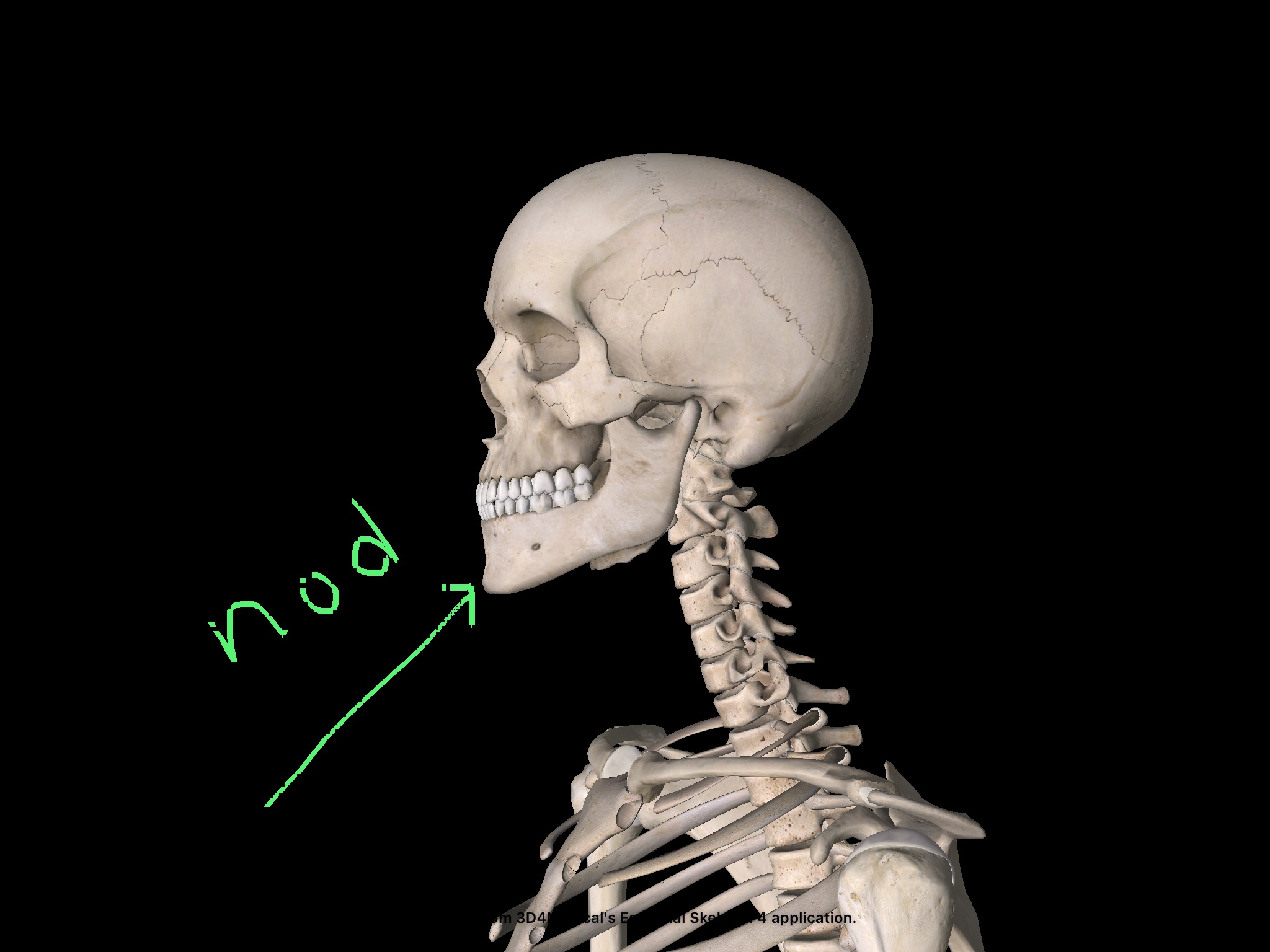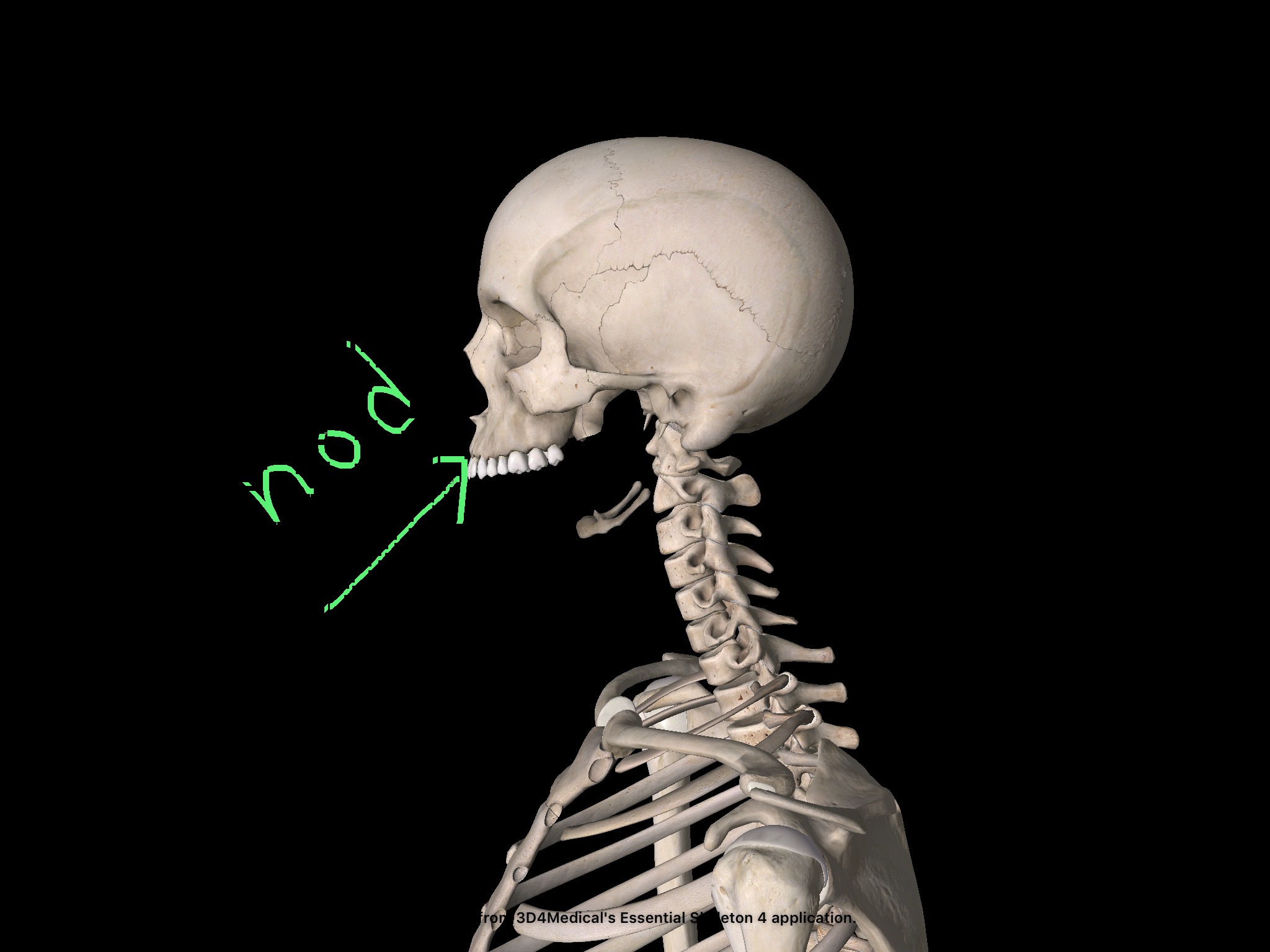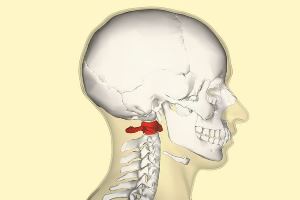Part 2: 7 Things every musician needs to know to overcome tension, minimize pain, and maximize ease in performance.
#2. The head to spine relationship:
An accurate body map of the balance of your head on your spine is fundamental to the quality of movement, the quality of sound and to performing without unnecessary tension.
As balance is so important in everything we do in life, it will be helpful to get clarity about where the places of balance exist in the body. Of primary importance is the relationship of the head to the spine. When in proper balance, the head-to-spine joint enables freedom and ease in movement, and accurate alignment for the rest of body. This meeting point between head and spine occurs at the atlanto-occipital joint, commonly referred to as the “A/O” joint. This is the place where the skull joins with the first cervical vertebrae, the atlas.
Contrary to what most people assume, the A/O joint is not in the back, where you can feel the two protrusions of the base of the skull. Rather it is further up and in, between your ears, in the middle of your head, behind your upper teeth, nose and sinuses. Say the word “key” to get an experience of how much higher and inward the location of the joint is in actuality.
Activity:
- Hold your chin between your thumb and index finger. From your chin, lead the head to nod “yes”.

2. This time put your thumb under the upper teeth to lead the head to nod “yes.”

Did you notice the difference in the placement and weight of the head at the A/O joint between the two nods? Do this activity several times to observe the muscular activity in the back of your neck, comparing the two versions of nodding “yes”. Do you tighten your neck when leading from the chin, when the head is held forward of the joint? Does this change when you eliminate your lower jaw (an appendage to the skull) from the movement?
Activity: Select a short excerpt from a piece of music. Record yourself. Then pause, take a moment to find the A/O joint, and record again. Notice the change in your sound and technique when you re-think the head-spine relationship.
I suggest having some basic anatomy pictures of the skeletal system available at all times. These are easy to locate online from your computer, phone or other device. Using visuals as a continual reminder of the anatomical truth will make a huge difference in your balance and movement.
The next five parts of this blog series for musicians will include: breathing, sitting, standing, jaw tension and performance anxiety. Stay tuned!
By joining the email list in the form below, you will be guaranteed to receive all 7 blogs in this series, PLUS a FREE online mini lesson with me! In this lesson you might or might not even play a note, but we will take a look at how you set up to play your instrument, and how the balance of your body with your instrument will improve your sound and reduce or even eliminate tension. I encourage you to provide any additional information you would like me to have in the comments section below.
Your message has been sent


Comments
Part 2: 7 Things every musician needs to know to overcome tension, minimize pain, and maximize ease in performance. — No Comments
HTML tags allowed in your comment: <a href="" title=""> <abbr title=""> <acronym title=""> <b> <blockquote cite=""> <cite> <code> <del datetime=""> <em> <i> <q cite=""> <s> <strike> <strong>